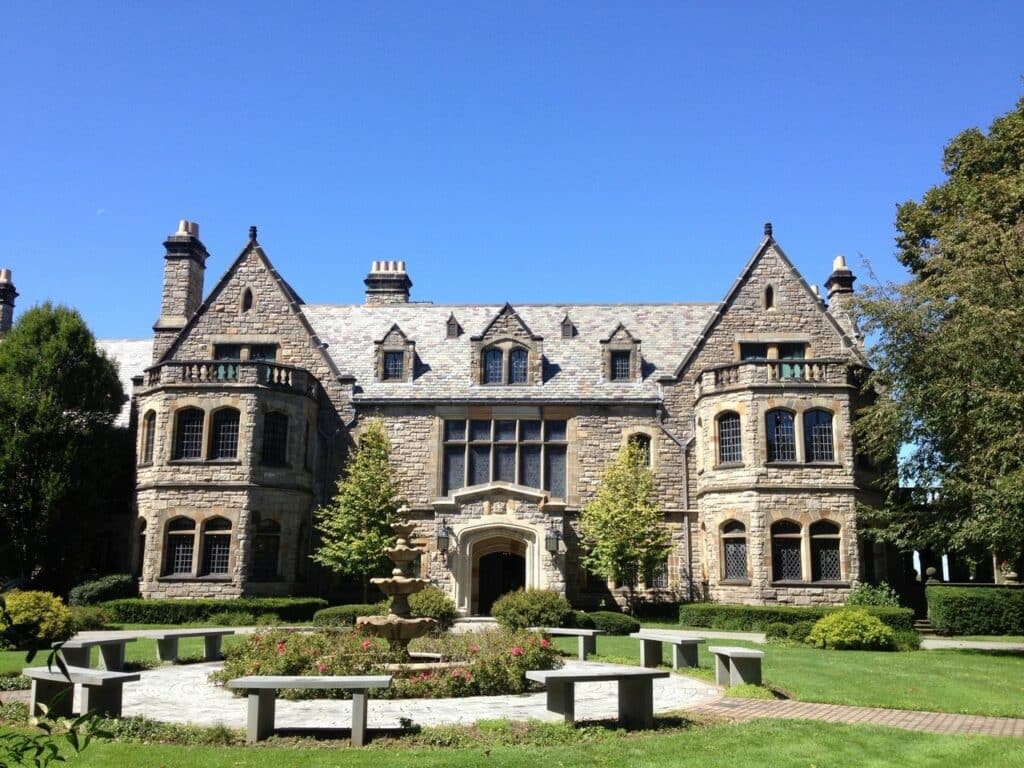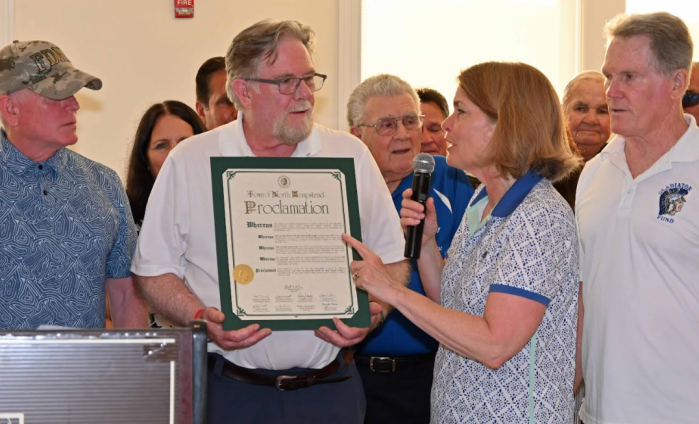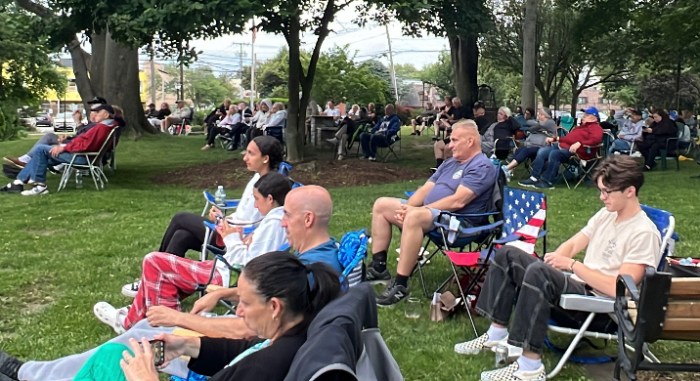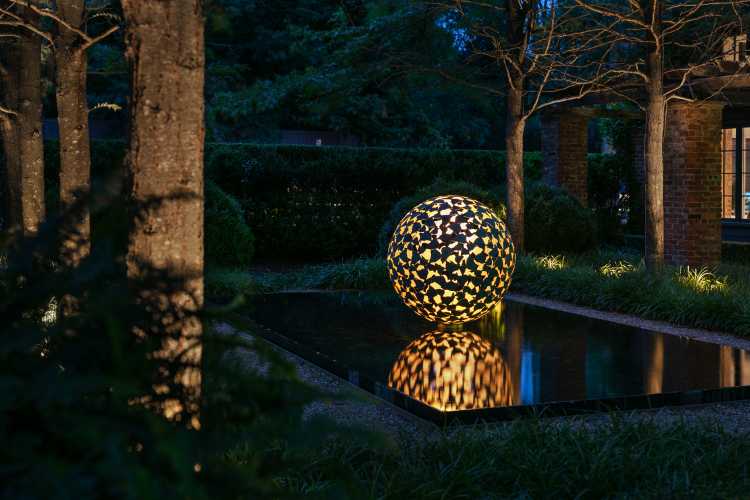No one knows when the moniker “Gold Coast” came into being. If the 1920s represented the first decade of the modern era, then you say can it was also the decade when Long Island’s North Shore made its debut as a place of style and intrigue.
For a century, the Gold Coast has figured into the cultural life of Long Island, from the 1924 publication of F. Scott Fitzgerald’s The Great Gatsby to the Gold Coast Film Festival which thrives to this day.
For Long Island, as with the rest of America, World War II was the dividing line in its history. Prior to the war, Long Island was a mixture of mansions and potato farmers. After the war, suburbia. It was a long time coming. The area was settled in the 17th century. Long Island was then under Dutch control. It didn’t last long. The British, with their superior navies, soon overwhelmed the Dutch and became the sole masters of the island.
Whaling was the main industry on the island. In the mid-19th century, the Industrial Revolution hit America’s shores. Financiers made fortunes in railroads, steel, and soon, automobiles. Many of them set up mansions on the North Shore. The Gold Coast was born.

By 1890, the mansion building boom was underway. The industrialists of that era: the Vanderbilts, Astors, Whitneys, J.P. Morgan and F.W. Woolworth, among others, found a refugee from the business world. Over 500 mansions were constructed during that golden era. The Vanderbilts and the Astors lived and entertained in mansions designed by such greats as Stanford White, Guy Lowell, and John Russell Pope. The architectural styles were English Tudor, French Chateau, Georgian, Gothic, Mediterranean, Norman, Roman, and Spanish. Among the most spectacular were the Old Westbury Gardens, the former home of U.S. Steel magnate John Shaffer Phipps and the Oheka Castle, home to financer Otto Kahn, a mansion reputed to be the second largest in America, after the Vanderbilt House in Asheville, North Carolina. Another prominent mansion that still stands today is Sagamore Hill, which Theodore Roosevelt called home.
The 1920s surely were the heyday of the Gold Coast era. The Great Gatsby, set in Great Neck divided into “East Egg” and “West Egg” became synonymous with the wealth, glitter, and tragedy of the era as the doomed Jay Gatsby tried to graduate into the world of old money.

The decade was defined not just by Fitzgerald’s novels and stories, but also Charles Lindbergh’s 1927 solo flight across the Atlantic. In one 33-hour flight, Lindbergh became the most famous man on the planet. He took off from Roosevelt Field on Long Island and landed on a field in France. The locals in that European country treated Lindbergh as a hero who was also one of their own. Americans were not to be outdone. Lindbergh was treated to a ticker tape parade on Broadway, one that was attended by no less than four million people. Later that night, he was feted at a gala dinner at the home of Clarence MacKay’s Roslyn Estates mansion.

The Mackay mansion was filled with guests and well-wishers. The June 14, 1927 New York Times dedicated the top fold of its entire front page to the parade with numerous articles on the man. One of those articles described the evening. Lindbergh and his mother, accompanied by New York City Mayor Jimmy Walker, arrived at the Mackay mansion at around 9 p.m. Clarence Mackay had invited Lindbergh to take a nice swim in the mansion’s outdoor pool. The aviator, running late, declined. A gala dinner was held in Lindbergh’s honor. Among the attendees were not just the mayor, but such notables as Mrs. Theodore Roosevelt, John W. Davis, the Democratic Party’s 1924 presidential nominee and Pierpont Morgan.
The night was a success. The Times’ reporter waxed eloquently.
“At the summit, Colonel Lindbergh came to Mr. Mackay’s famous Versailles garden where flood lights concealed in the shrubbery and on the roof bathed the scene in soft gray light, in competition with the real moon shining in the sky…Far to the west could be seen the twinkling lights of New York’s towers; below, on the Sound, were steamers threading their way through the night. It was like the fairyland which Colonel Lindbergh himself described after piloting his plane at night, above the clouds, by moonlight.”

Afterwards, Lindbergh retreated to the mansion of Captain Harry Guggenheim in Sands Point to write his best-selling memoir, We, and to court his future bride, Anne Morrow.
That evening represented a zenith in the life of the Gold Coast. It seemed that the good times would last. History never stands still. Two years later, overlending practices caused the stock market to crash. The grim of the 1930s came to their own end with America’s entry into World War II. After the war, the middle class continued its 1920s-style boom.
This era was different, Car culture, the desire for home ownership and the changing demographics of New York City ushered in the age of suburbia.
The Gold Coast was a victim. Mansions went down, housing tracts were constructed. Only about 200 of the original 500 mansions survive. All is not lost. Some of these mansions live on as museums. That includes the Frick mansion as the Nassau County Museum of Art and Sagamore Hill as a museum to the life and legacy of Theodore Roosevelt.


































